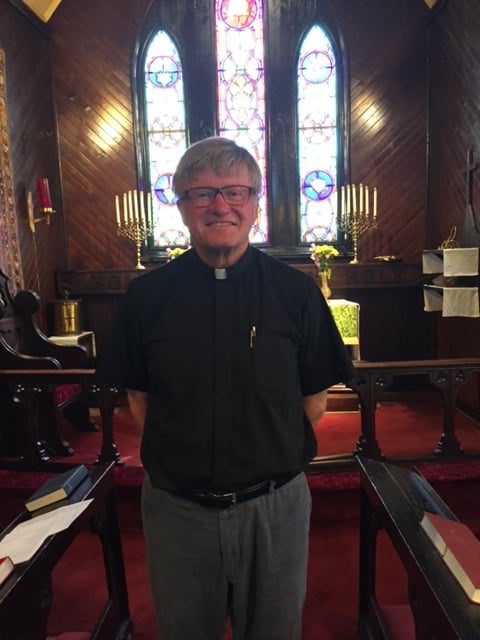The Church of England declared its independence from Rome in 1534 when Parliament passed the Act of Supremacy, stating that the monarch, not the Pope, was the head of the church. Not until 1570 did the Roman Catholic Church separate itself from the Church of England (The Anglican Church). The American Revolution caused Anglicans in this country to form their own church. The Protestant Episcopal Church was officially united in 1789.
The Church of England can document its presence in North America with a Book of Common Prayer service led by John Hawkes off the coast of Florida in 1565. On June 16, 1607, the first Anglican Communion was celebrated by John Smith and company in Jamestown, Virginia. The Reverend Robert Hunt was the celebrant.
The New World had considerable religious contention between the Church of England in the southern portions and the Puritans in the northeast. Finally, the Church of England was established in all the colonies and was under the Bishop of London.


